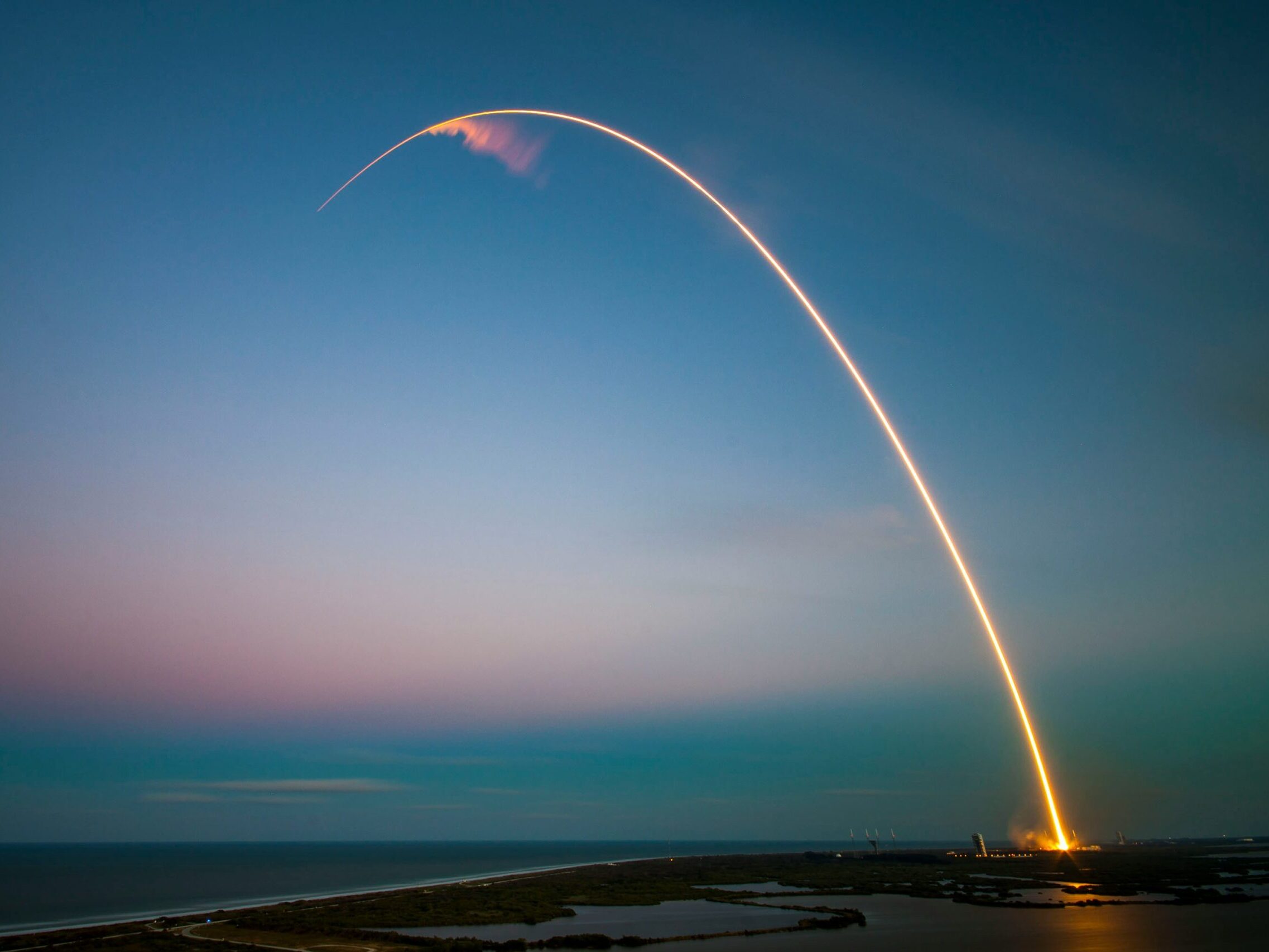2/19/2024
A report from February 15 stated that Russia is developing a space-based nuclear weapon designed to attack America’s extensive satellite network. This news follows a statement made by Representative Michael Turner, the House Intelligence Committee Chair, urging President Biden to declassify information about an unnamed “serious national security threat” on February 14. The next day, White House National Security Council spokesman John Kirby told reporters that the weapon “is not an active capability that’s been deployed” and “there is no immediate threat to anyone’s safety.”
However, Kirby didn’t address questions on whether the new capability is a nuclear weapon or simply powered by nuclear energy. As a result, conflicting reports have emerged about the nature of the threat. Two US officials have told The Washington Post that the capability is a nuclear-armed, not a nuclear-powered, weapon. However, NBC News reports that arms experts believe the threat is a nuclear-powered satellite used to jam satellite communications for extended periods.
No matter the technology, it is becoming increasingly clear that America’s satellites are vulnerable to attack, a fact that Pentagon officials have warned about for years. Both Russia and China are moving toward greater militarization of space, which would have wide-ranging implications, not just for military operations but for civilians around the globe. If deployed, the technology could destroy satellite communications, disrupt services and devices used on Earth, block surveillance from space, and harm global military operations.
A weapon capable of destroying satellites and blocking their communications is not a new idea. In 2021, Russia fired a missile into space that destroyed a decommissioned Soviet-era satellite. The United States has also tested nuclear weapons in space and detonated a nuclear weapon high above the Pacific Ocean in 1962. The detonation resulted in an electromagnetic pulse (EMP) that disrupted electronics and communications both in space and on Earth. It also created an artificial radiation field that damaged numerous satellites in low Earth orbit in the following weeks. If the Russian technology is a nuclear warhead, it would be capable of damaging an entire satellite constellation. At the moment, the United States cannot counter such a weapon, a former official said.
The reports of this new technology raise questions about Russia’s plans to abandon the Outer Space Treaty of 1967, which bans all orbital nuclear weapons. A report from last year states that Russia has been refraining from using its full range of antisatellite capabilities. However, as America’s extensive network of commercial and military satellites continues to aid the United States in the war in Ukraine, Russia may decide to exit the treaty. Ukrainian forces have been using SpaceX’s Starlink constellation for communications and targeting on the front lines. Starlink’s thousands of satellites are virtually impossible to take out with direct-ascent weaponry, so a space-based nuclear weapon would give Russia a big advantage in the war.
Exiting the Outer Space Treaty to deploy a nuclear weapon in space would have huge consequences for the world, Russia included. The resulting EMP and radiation field would cripple any satellite in the vicinity, no matter who owns them. With our increasing reliance on space, widespread destruction and conflict in low Earth orbit would have severe ethical consequences, especially as the regulation of satellite surveillance and territory in space are falling behind the rapid development of the industry. Despite the speculation surrounding this new intelligence, one thing is becoming clear: space may serve as an international battleground in the near future.

